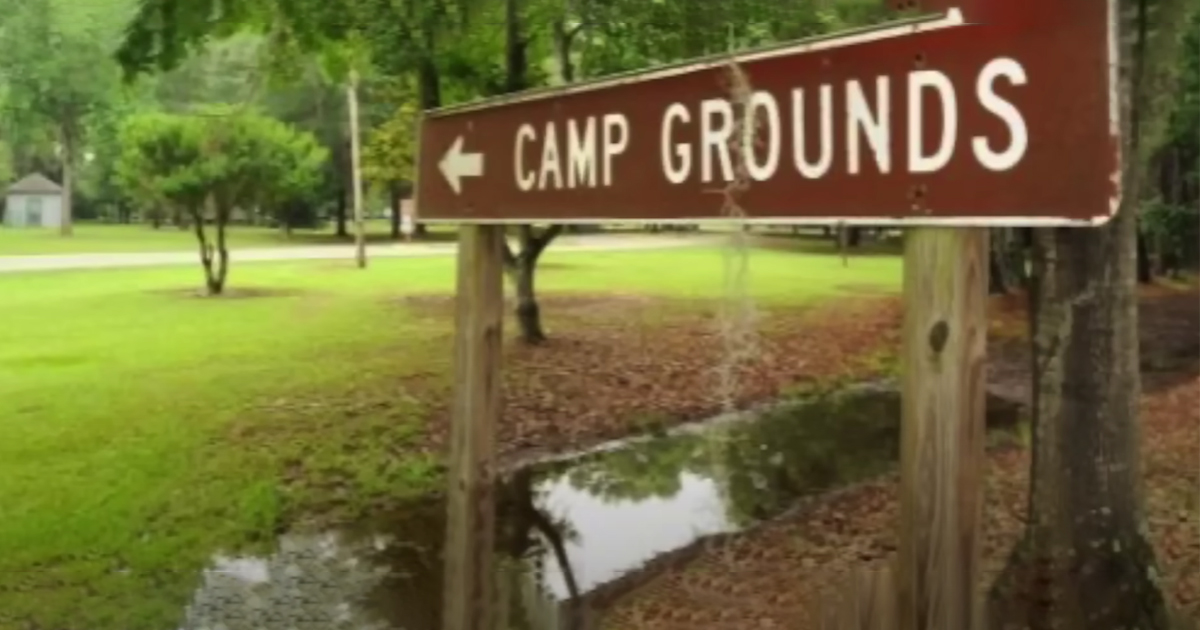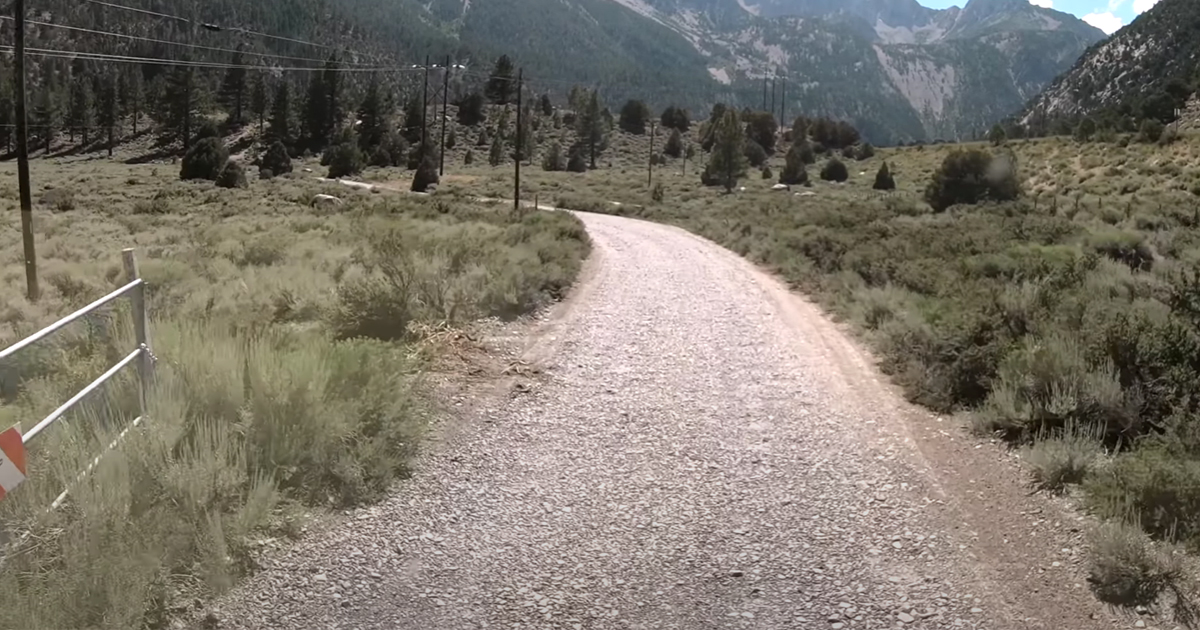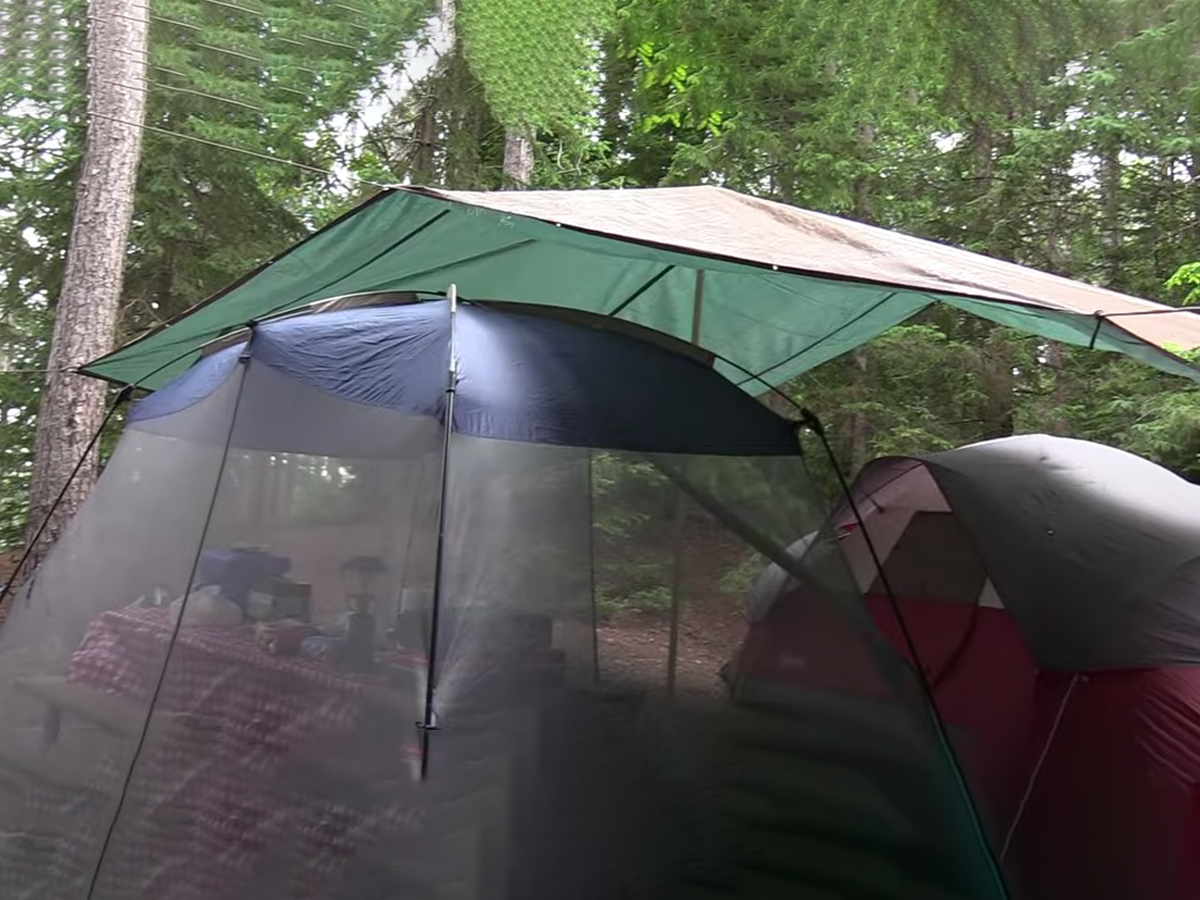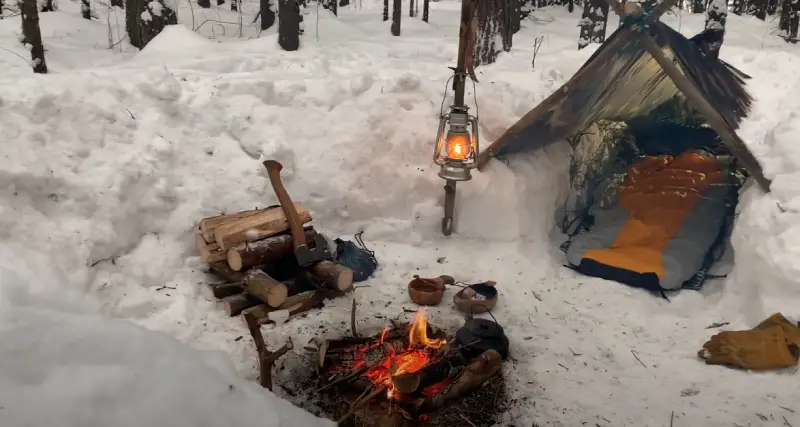Can Tent Camp RV Site National Park | Tricks Uncovered
I’m always looking for beautiful natural landscapes to explore. Camping in a national park is the best way to immerse
yourself in nature. But it can be overwhelming with so many options to choose from and various regulations to follow.
I found that tent-only campsites in national parks typically do not allow RVs. During my trip with my baby and pet, I learned these sites are specifically designated for tent camping only. It’s essential to check the rules of each national park beforehand, especially when traveling with an RV and companions.
I’ll share my experience, tips, and tricks for successful tent camping in a national park with an RV site.
Can Tent Camp RV Site National Park: Campsite Regulations

I have come across various campsite regulations that are important to understand. I want to share my first-hand experience and knowledge of the rules I have encountered during camping trips.
I had to consider the RV and trailer length restrictions. It would have been a hassle to arrive at a campsite only to find out it couldn’t accommodate our vehicle. So now, I always check the campsite regulations ahead of time to avoid any issues.
Next, I had to decide whether to choose a tent-only, RV-only or a mixed campsite. Since I am an RV traveler who has a baby and a pet, an RV-only campsite was the perfect fit for us. These campsites provide all the necessary hookups and amenities, ensuring a comfortable stay for our family. On the other hand, tent-only campsites are great for those who enjoy roughing it out in nature.
There were the standard non-electric campsites. These campsites don’t have electric hookups, so we need to bring our power source. Luckily, I had a generator, but I had to ensure enough fuel for our stay.
Navigating through campsite regulations may seem overwhelming, but they are implemented to ensure a safe and comfortable experience for every camper. With some research and planning, I found the perfect campsite for our family and created beautiful memories on the road.
Camping RV Sites in Tent Camp National Park: Registration and Check-In
I have learned something about checking in at RV sites in national parks. I will be discussing the registration and check-in process, as well as the policies that accompany it. I needed to understand how to register and check in.
I discovered national park RV sites had specific policies when I checked in. They typically have designated check-in times, usually between 1 pm and 6 pm. I needed to arrive within those hours to provide prompt assistance. In case I anticipated coming later, I learned that most parks had procedures for late arrivals.
These procedures varied from park to park, but they often included options such as call boxes near the entrance gate or leaving a note with payment and contact information.
I quickly realized arriving during check-in hours was the best approach, especially considering my baby and pet cat. Some parks had specific pet regulations, so I needed to adhere to those guidelines. Additionally, arriving during check-in hours allowed me to ask any early questions, make payment arrangements, and get a general introduction to the park.
I learned that paying attention to the policies of the park I was visiting and planning accordingly was crucial. With a bit of preparation and understanding of registration and check-in procedures, I was able to have a hassle-free experience using RV sites.
Camping at an RV site in a national park: Perfect Campsite
I know the importance of finding a suitable campsite for a peaceful, enjoyable outdoor adventure. When selecting a campsite, I consider several factors to ensure a comfortable and safe stay.
I always consider the terrain of the campsite. Choosing a flat and level site is essential, making camp and sleeping much more accessible. Additionally, I look for a site that is away from cliffs or bodies of water, as these can pose a danger to my child and pet.
I considered the weather conditions and chose a site that offered adequate shelter and protection from the elements. This includes looking for a site that is shielded from strong winds and provides sufficient shade during hot summer days.
I constantly research and adhere to campsite regulations to ensure a pleasant and responsible stay. This includes following proper waste management procedures, respecting quiet hours, and properly disposing of pet waste.
Laying out a successful campsite is crucial for a comfortable stay. I always make sure to set up a designated area for my tent, as well as a separate space for cooking and eating. Additionally, I ensure that my child and pet have adequate sleeping arrangements and that all gear and supplies are stored properly to avoid hazards.
Finding the perfect campsite requires careful consideration and planning. By considering terrain, weather conditions, regulations, and proper campsite layout, you can ensure your outdoor experience is safe and enjoyable.
RV Sites in National Parks Allow Tent Camping: Tips and Tricks

I want to share some tips and tricks for RV camping in national parks. When choosing a park, looking for broad, navigable roads is essential, especially if you’re driving a larger RV like mine. I’ve had some close calls with narrow roads, and it’s not a fun experience.
A Park With Wide, Navigable Roads
As a traveling mother, I want to share my experience with you. I have a baby and a pet cat with me, and navigating through narrow streets while keeping an eye on them can be quite stressful. That’s why I recommend choosing a park with wide and navigable roads. It makes maneuvering my RV easier and helps me avoid any accidents along the way.
Staying Up To Date on Road Closures
I’ve learned to stay updated on road closures. National parks often close roads for various reasons, such as maintenance, weather conditions, or wildlife activity. So, before planning our trips, I constantly research the park’s website for any closures. Trust me, you don’t want to find yourself driving down a closed road and having to turn your RV around, especially with your pet and a baby in tow.
Staying on Budget
Another crucial aspect to consider is staying on budget. RV camping can be expensive, but I’ve found ways to save money with careful planning. One strategy is to camp at dry campsites, where there are no electrical or water hookups. It requires more preparation, like bringing enough water and food, but it can significantly cut down expenses.
Being Prepared to Dry Camp
Preparing for dry camping is vital, especially with a baby and a pet. I always ensure I have everything I need, including enough food for everyone, extra water, and a reliable power source for charging our devices. I always remember to pack all the necessary baby gear, like a crib, high chair, and stroller, to ensure our little one is comfortable throughout the trip.
Cleanliness and Proper Food Storage
Keeping our campsite clean and storing food properly is crucial. National parks have strict guidelines about food storage to prevent attracting wildlife. So, I always store our food in sealed containers and follow the park’s policies. Also, I make it a point to clean up after my baby and pet and dispose of trash appropriately.
Conclusion
Camping at a national park in a tent or RV can be a fun and rewarding experience for families with children and pets. With the proper preparation and knowledge of campsite regulations and availability, obtaining a reservation and finding the perfect spot can be achieved.
During my travels, I’ve discovered that keeping your site neat and storing food correctly is essential when camping in bear country, and setting up your tent correctly can help ensure a safe and comfortable night’s sleep. And if you’re on a budget, dry camping can save you money while allowing you to enjoy the beauty of nature fully.
Ultimately, the most important thing is to have fun and create new memories with your loved ones. So whether you’re camping in the mountains or by the beach, apply these tips and enjoy your next national park camping adventure with peace of mind.
FAQs
Are National Parks Suitable for Setting Up A Tent?
I’ve explored national parks that have designated areas for backcountry camping. These special zones have given us the freedom to set up our campsites and create beautiful memories amidst nature’s embrace.


